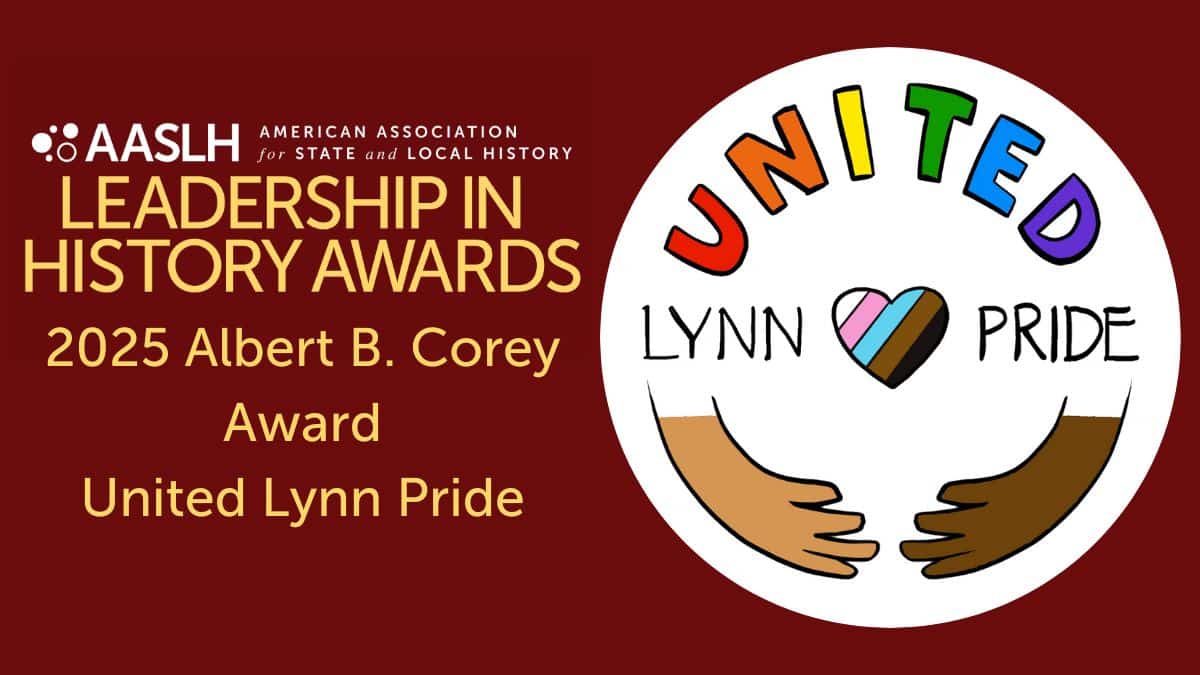Purchased Lives: New Orleans and the Domestic Slave Trade, 1808–1865 was a special project presented by The Historic New Orleans Collection (THNOC) presented March 17–July 18, 2015. Purchased Lives examined the trade from the perspectives of the millions of enslaved men, women, and children who found themselves at the mercy of the antebellum slave market. Period advertisements and broadsides showed the coastal steamers, riverboats, and trains that transported enslaved workers. Ships’ manifests listed names, ages, and physical descriptions of individuals transported from Virginia, Maryland, and Kentucky to New Orleans. Paintings and prints illustrated how the domestic slave trade appeared in the public sphere; slave narratives, maps, photographs, and three-dimensional objects spoke to the experiences of the people bought and sold. The exhibition also highlighted traders’ roles and the industries that undergirded the slave trade (including banking, insurance, health care, provisioning, and textile manufacturing) and revealed how families and communities shattered by the trade worked against the odds to reconnect in the decades following the Civil War.
The primary component of this comprehensive project was an exhibition of eighty-five artifacts from THNOC, private collections, historic homes, the Louisiana State Museum, the National Archives and Records Administration, local archives, and other institutions. The exhibition considered New Orleans’s role as antebellum America’s largest slave market. THNOC also presented related programming: five lectures, two book clubs, and To Be Sold: The American Slave Trade from Virginia to New Orleans, a one-day symposium organized in conjunction with the Library of Virginia in Richmond and supported by a grant from the NEH.
In addition, THNOC created an online database of postbellum newspaper advertisements placed by formerly enslaved people searching for family members lost in slavery; worked with the Gilder-Lehrman Institute to create two downloadable lesson plans for grades 7– 9, and presented two workshops for regional educators and one workshop in conjunction with the National Council for Social Studies annual conference. More than three hundred teachers have received flash drives containing the lessons.
An important institutional objective for Purchased Lives was to expand the audience beyond THNOC’s traditional visitor profile. Through visitor research, the institution learned they needed to broaden their appeal with complex topics their audience trusted them to present. Another institutional goal was to increase attendance for exhibitions at THNOC’s Williams Research Center. The exhibition broke all attendance records for that space, drawing more than 15,000 visitors during its four-month run in 2015. Purchased Lives: New Orleans and the Domestic Slave Trade, 1808–1865 combined a difficult topic with academic scholarship and a multi-faceted interpretive strategy to create a moving experience that drew new audiences to THNOC.
Recipient
The Historic New Orleans Collection
New Orleans, LA
Award Details
2016 Award of Merit
Online Details
Contact Details
The Historic New Orleans Collection
533 Royal Street
New Orleans, LA 70130



